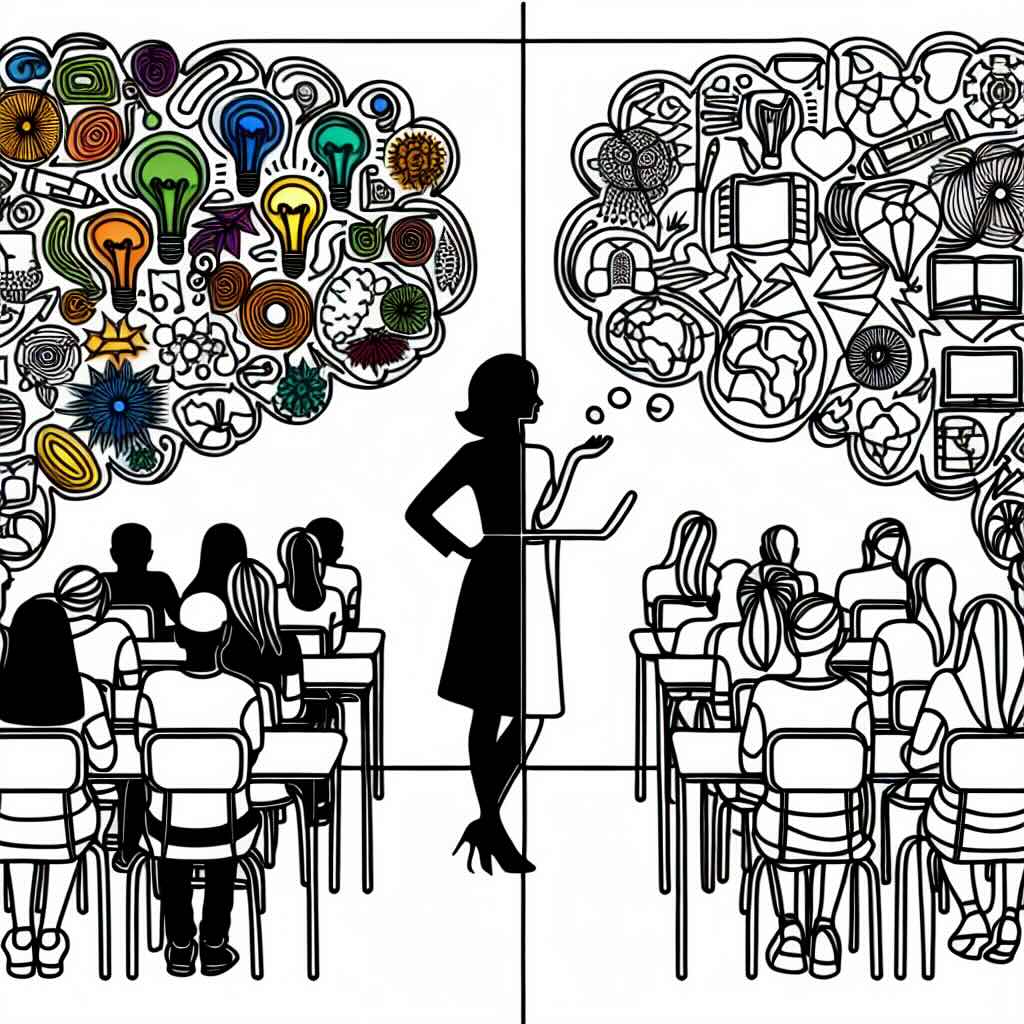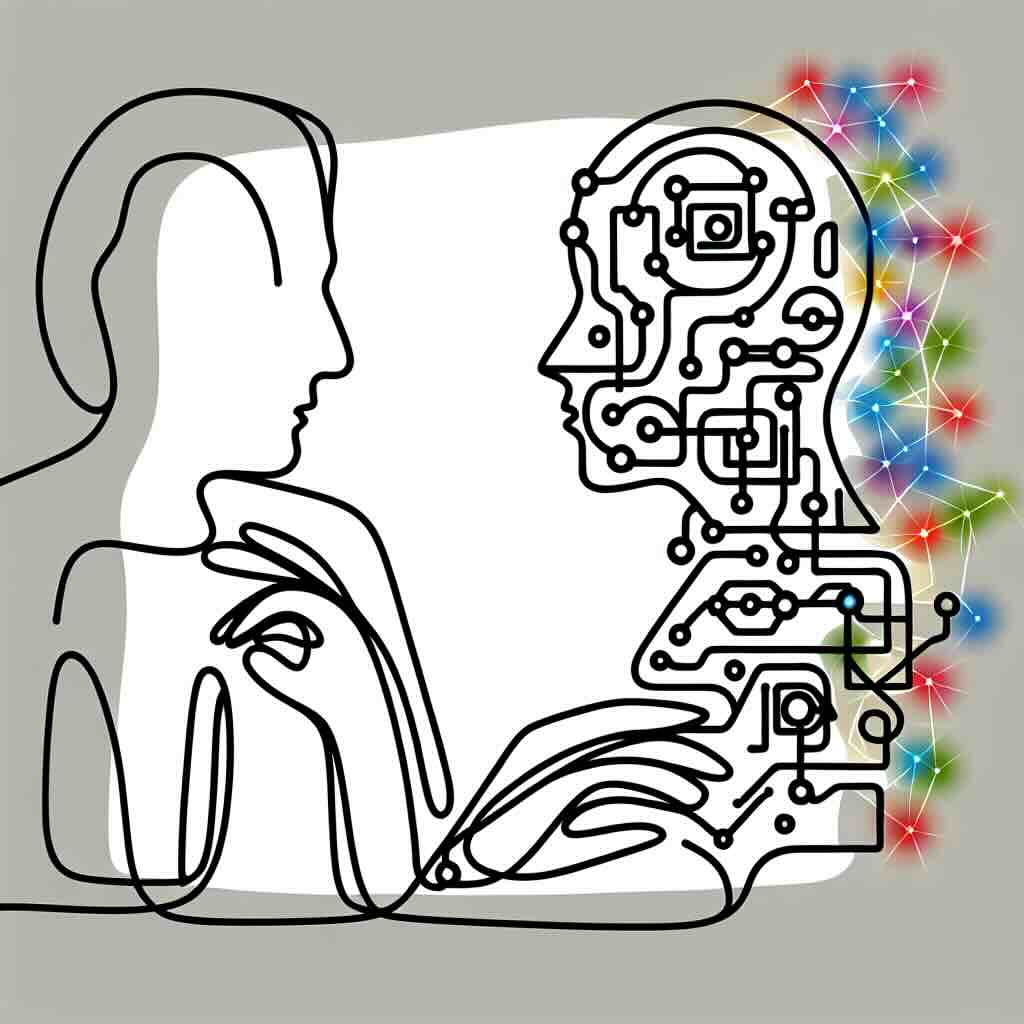
Learner motivation and engagement are what turn participation into real learning. Motivation gives direction and drive, while engagement keeps learners active, connected, and purposeful. This post outlines five simple ways to strengthen engagement; clear goals, flexibility, relevance, purpose, and open communication. Plus five more advanced strategies such as addressing fears, encouraging collaboration, designing variety, promoting reflection, and reinforcing objectives. Together they create confident, curious, and self-directed learners. Investing in engagement is not just about keeping attention; it builds ownership, persistence, and long-term learning success across education and professional settings.

Modern AI tools make it easier than ever to create learning content, but faster production does not mean better learning. True learning happens through experience, not just information delivery. Coursensu uses the six learning types framework - to remind us that acquisition is only the beginning. Collaboration, discussion, investigation, practice, and production are what transform content into meaningful learning. Designing for balance across these types ensures engagement, deeper understanding, and lasting impact. In a world full of generated content, learning designers must focus less on delivery and more on crafting experiences that connect, challenge, and inspire action.

Sticky learning is learning that lasts. It goes beyond short-term recall and equips learners with skills and insights they can apply in real life. To design sticky learning, you need strategies that align with how people learn: explain the process, teach learning techniques, create desirable difficulty, and use stories to make content memorable. Build authenticity and transparency into your activities, encourage active engagement, and design time for reflection. The result is a learning experience that learners connect with emotionally and practically. Sticky learning is deliberate, but the payoff is worth it: retention, confidence, and a personal, long-term impact for every learner.

Storytelling is one of the oldest and most effective ways of learning. From cave dwellers to modern classrooms, stories capture attention, connect with emotions, and make facts memorable. In learning design, stories can ground abstract concepts, build empathy, and motivate learners by creating relatable and engaging experiences. They can take the form of scenarios, case studies, simulations, or even learner-generated narratives. The trade-offs are real, but with careful design, stories create lasting impact. By using storytelling intentionally, learning designers can transform content into meaningful experiences that learners remember, apply, and connect with long after the course ends.

Real time collaboration transforms how learning design teams work together. Instead of passing drafts around or working in silos, designers, educators, and subject experts can see contributions as they happen. This visibility reduces duplication, builds trust, and creates genuine co-design rather than a sequence of handoffs. For learners, it results in stronger, more aligned courses delivered faster. For teams, it turns collaboration into a shared process where every contribution is visible and valued. With Coursensu’s new real time collaboration feature, teams can work together in context, ensuring design is transparent, efficient, and focused on outcomes.

Modular learning design focuses on creating reusable elements (such as pedagogies, activities, content, assessments, media, and layouts) that can be applied across multiple courses. Done well, this approach delivers efficiency, consistency, and higher value for both learners and educators. Familiar elements create flow and reduce friction, while reusable assets speed up production and simplify quality control. However, overuse without variety, lack of updates, and poor initial setup can lead to stale or outdated learning. By identifying and curating reusable elements, you can start each new design with a solid foundation and achieve more with less effort, without sacrificing learner experience.

Time is one of the most powerful tools in learning design. Adding even a few extra minutes at the design stage helps balance the learner journey, avoids costly revisions, and ensures every activity adds value. For professional, time-poor learners, clear durations make it easier to plan study and stay engaged. For employers, it demonstrates that training time is being invested wisely. By setting and agreeing durations early, you improve stakeholder confidence, prevent overproduction and protect learner motivation. The result is a more efficient process and a stronger, more impactful learning experience.

The ASSURE model remains a valuable framework for instructional and learning designers. When combined with Coursensu’s structured, visual approach to storyboarding, it provides a clear, collaborative path to better course design. By analysing learners, setting clear objectives, selecting and utilising media effectively, designing for participation and building evaluation into your workflow, you can deliver learner-focused courses that meet outcomes and exceed expectations. Most importantly, treating this as a cycle allows you to improve continuously, get stakeholder input earlier, and avoid waiting for learners to discover issues that could have been addressed at the design stage.

Prompting is a core skill for modern learning designers. The clearer your request, the better the AI will perform. Define your outcome, specify the output format, add detail and context, provide examples and iterate if needed. AI tools work best when we treat them as collaborators. Everyone’s use of AI will vary, and there is no one perfect way to prompt. What matters is that you refine your approach over time, keep learning and focus on making the output genuinely useful for your work and your learners.
We help you structure learning activities, align with learning outcomes and collaborate with subject experts to create learning experiences in any format and for any platform.